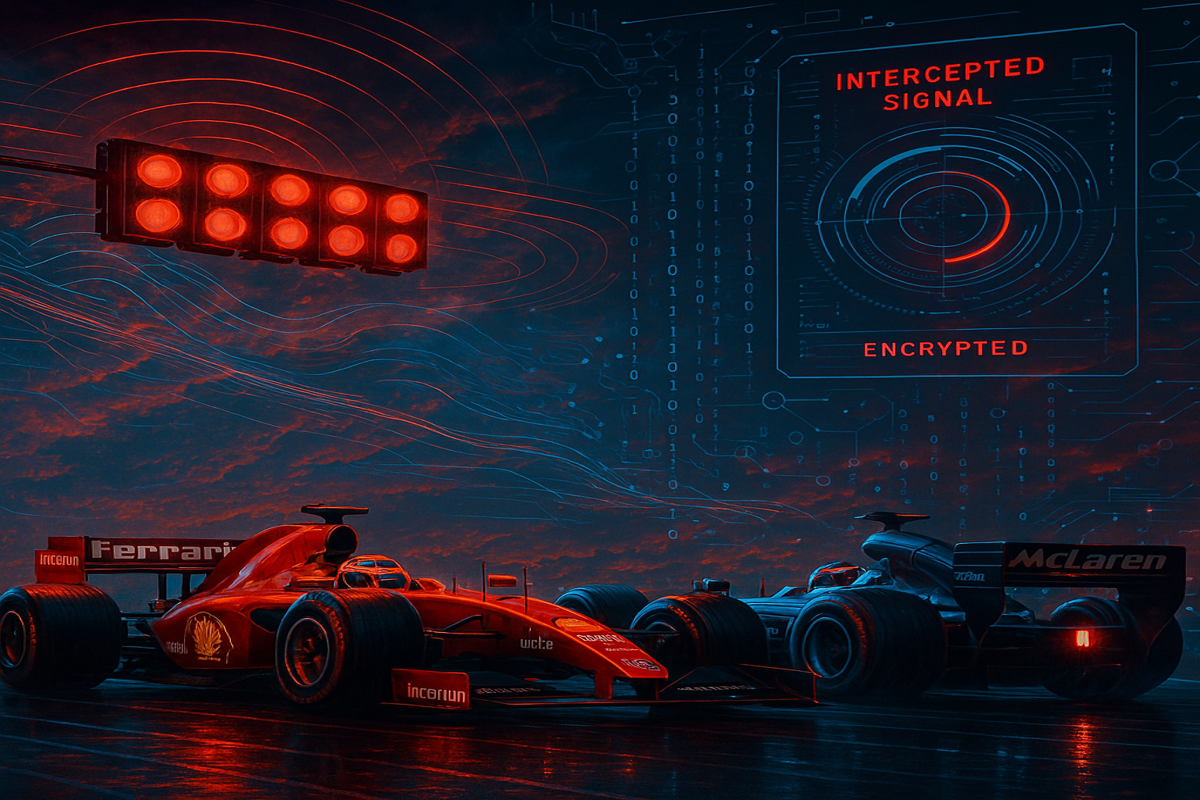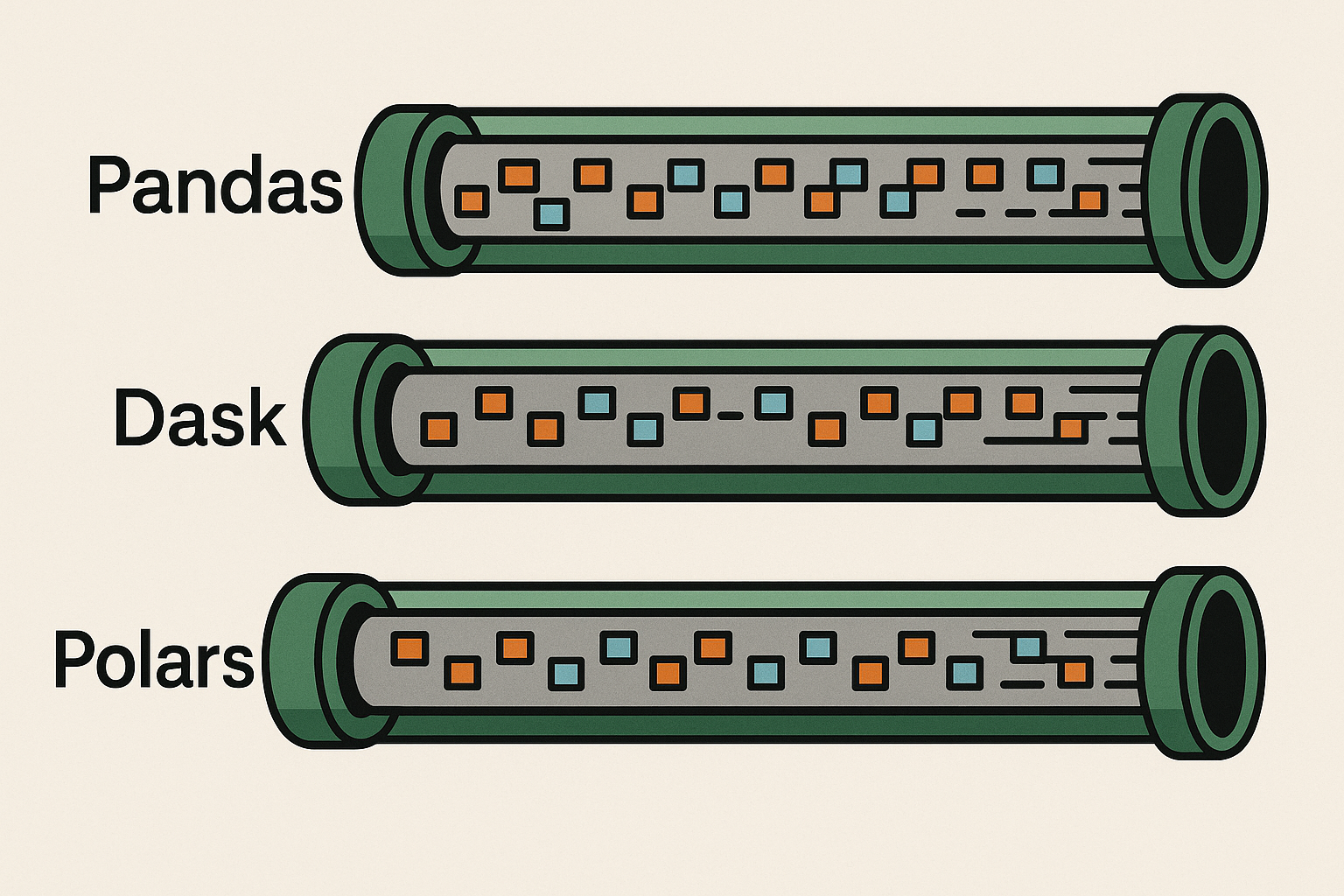The 1999 Grand Prix Signal Frequency Scandal: A Lesson in Data Intelligence and Competitive Strategy
Formula 1 has always been a battleground of innovation, where teams push technological limits to gain an edge. However, this pursuit sometimes leads to ethical gray areas, and the 1999 season saw one of the most intriguing and lesser-known controversies in the sport’s history. Allegations surfaced that Ferrari and McLaren might have found a way to intercept signal frequencies controlling the starting lights, giving them an unfair advantage during race starts.
The Alleged Exploitation of Signal Frequencies
During the 1999 European Grand Prix, unusual start patterns raised suspicions among teams and FIA officials. Certain cars, particularly from Ferrari and McLaren, seemed to react with near-perfect precision to the changing lights. The theory suggested that these teams had intercepted electronic signals related to the starting light sequence, allowing their drivers to anticipate the exact moment the race would begin.
In an era where F1 was increasingly integrating electronic and digital systems, the possibility of manipulating or interpreting signal data was not far-fetched. If a team could decode the signal system, it could eliminate the human reaction time variable and gain a split-second advantage – often the difference between winning and losing in a sport where milliseconds matter.
The FIA’s Countermove to Restore Fairness
As suspicions grew, the FIA took action. Without warning the teams, they changed the sequence of the starting lights at the European Grand Prix, aiming to catch out anyone who might have been exploiting the system. The result? A chaotic start, with some drivers appearing hesitant, while others reacted too soon – further fueling speculations that something unusual had been happening behind the scenes.
Although no official allegations were confirmed, the FIA’s abrupt change in protocol suggested they had a reason to believe teams were tampering with the start process. This move was intended to neutralize any technological interference and restore fairness to the grid.
Beyond the Starting Lights: Ferrari’s Spy Tactics
Further evidence of signal interception techniques surfaced when Evan Short, who joined Ferrari in 1999, revealed that his first role involved intercepting McLaren’s encrypted radio communications. Short developed a system to track and decrypt McLaren’s frequencies, providing Ferrari with crucial strategic insights for nearly two years before McLaren caught on and changed their system.
This revelation, while separate from the starting light controversy, demonstrated that signal interception was an active part of F1’s technological warfare during this era. If radio transmissions could be tapped into, it wasn’t inconceivable that starting signal frequencies could also be decoded and used to a team’s advantage.
Data Security in F1 and Beyond: How We Can Prevent Digital Espionage
The 1999 signal frequency scandal highlights the importance of data intelligence, cybersecurity, and ethical AI practices—all of which are crucial in today’s digital world. We specialize in developing cutting-edge security solutions that help businesses prevent digital espionage and data breaches.
How We Can Safeguard Organizations from Digital Exploitation
Just as F1 teams sought to harness data-driven decision-making, businesses today face the challenge of securing their competitive intelligence from cyber threats. The expertise ensures that organizations can safeguard their data, just like FIA sought to restore fairness in racing.
Our Approach to Preventing Data Manipulation and Cyber Threats:
- Advanced Data Encryption: Ensuring that sensitive business data remains secure and inaccessible to unauthorized entities.
- AI-Driven Anomaly Detection: Identifying unusual activity in real-time to prevent potential data leaks.
- Cybersecurity Solutions: Implementing robust firewalls and intrusion detection systems to prevent signal interceptions or unauthorized access.
- Cloud Security & Compliance: Ensuring cloud-based operations are protected against modern digital espionage.
- Competitive Intelligence Protection: Helping companies develop ethical yet effective strategies for market analysis without breaching data integrity.
Businesses can embrace data-driven growth while staying ethically responsible, avoiding the pitfalls that plagued Formula 1 in 1999.
Was It Cheating or Smart Engineering?
Formula 1 has always been a game of pushing regulations to the limit. While outright rule-breaking leads to penalties and scandals, exploiting loopholes and finding unregulated advantages is a hallmark of championship-winning teams. Whether Ferrari and McLaren were truly manipulating starting signals remains speculative, but the FIA’s actions suggest they weren’t willing to take chances.
The 1999 signal frequency scandal remains one of the sport’s most intriguing stories, offering a glimpse into the high-tech espionage that exists beneath the surface of F1’s glamorous facade. While today’s systems have become more secure, this event serves as a reminder that in Formula 1, the battle isn’t just on the track—it’s in the unseen world of data, signals, and engineering ingenuity.
Final Thoughts: Lessons for Businesses & The Tech Industry
With technological advancements playing an even bigger role in industries like F1 and business intelligence, it’s crucial for organizations to stay ahead of the curve. we help businesses make data-driven, secure, and strategic decisions, ensuring they don’t just compete—but lead.
Advantage Of Todays Cutting-Edge Tech
- Unparalleled expertise in cybersecurity and data intelligence
- AI-driven risk detection to prevent digital breaches
- Enterprise-grade cloud security solutions
- Ethical and transparent data practices
Just as F1 teams need to balance cutting-edge technology with regulatory compliance, companies today must embrace data-driven growth while staying ethically responsible.
Do you think Ferrari and McLaren truly found a way to game the system, or was it just an era of over-suspicion?








